Sling TV today announced that it will be increasing the price of its entry-level Sling Orange service by $5 per month, jumping the price up to $25 per month for subscribers. Existing subscribers will not be grandfathered in to their old price, and all Sling Orange customers will see the new monthly $25 price reflected in their bills starting in August.
Sling TV president Warren Schlichting explained in a blog post today that while the company's goal is to keep subscriber prices as low as possible, programming fees and other aspects of the service necessitate the monthly price hike. "Our team works hard to negotiate fair programming deals, with the goal of keeping your price as low as possible," Schlichting said. "Programming fees, however, only go one direction, and that’s up!"

No other aspects of Sling Orange have been changed, so users can still subscribe to the $25 plan and get just over 30 live channels (including ESPN) and DVR features. Comparatively, Sling Orange is still one of the cheapest entries in live TV streaming market, with DirecTV Now starting at $35/month (down to $20/month for AT&T Unlimited plans), and Hulu with Live TV and YouTube TV starting at $40/month.
Alongside the price increase, Sling TV revealed a slew of new updates aimed at introducing free content, à la carte channels, movies on-demand, and more without requiring customers to pay for a base subscription (for now only on Roku devices). Part of the announcement is an attempt to get anyone who previously subscribed to Sling TV to return to the service.
When returning customers re-open the Sling TV app, they'll be able to access more than 100 hours of free TV shows and movies without restarting their subscription. These customers will also see ribbons that highlight free shows and films to watch, at launch including "Good Behavior," "Wrecked," "The Detour," and more.
Additionally, anyone can now purchase select channels à la carte without needing to sign up for an entire Sling TV tier. Right now, there are only eight channels available, but with the update if you're interested in only watching one of these channels in the Sling TV app, you can pay individually per month to get the access you want without other channels you might not watch. The company said that more channels will be added in the future, but as of now include:
- Showtime: $10
- CuriosityStream: $6
- Stingray Karaoke: $7
- Dove Channel: $5
- Outside TV Features: $5
- Up Faith & Family: $5
- Pantaya: $6
- NBA League Pass: $28.99
Outside of a Sling TV subscription, customers can now buy pay-per-view events as a one-time purchase in the app as well. There's also the option to buy movies in Sling TV without a monthly subscription, including a catalog of 5,000 popular films.
The company didn't clarify when exactly non-Roku users will see these updates, but confirmed other devices will be supported "in the near future."


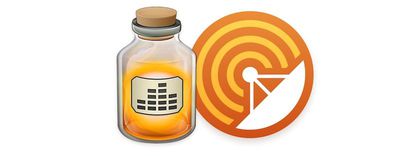
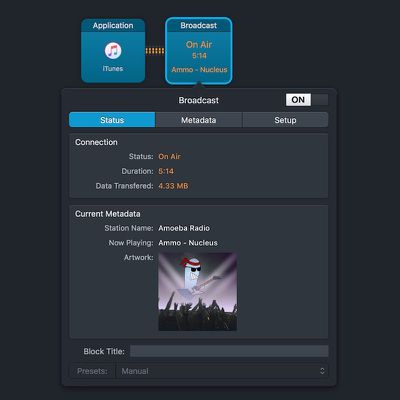

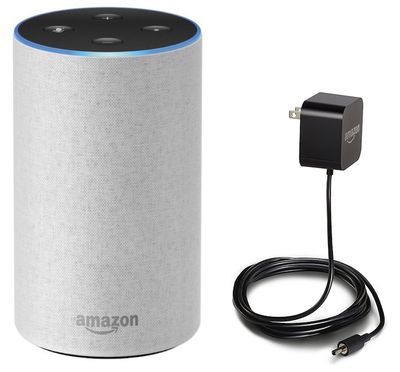

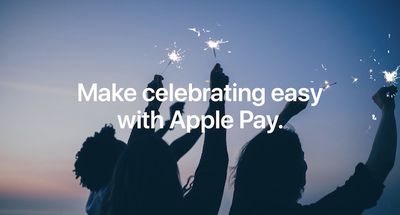

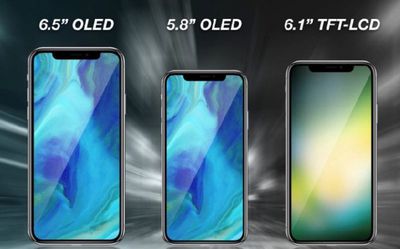
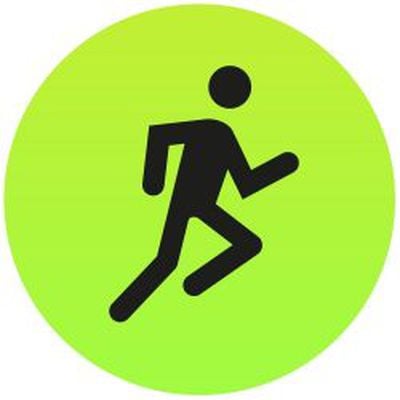 Using the Segments feature in the Apple Watch Workout app is a great way to track changes in exercise intensity over the course of a workout. It can also help you find out which activities in a mixed session push your body the most.
Using the Segments feature in the Apple Watch Workout app is a great way to track changes in exercise intensity over the course of a workout. It can also help you find out which activities in a mixed session push your body the most. 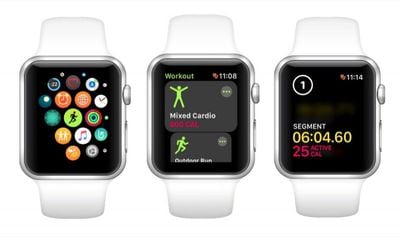
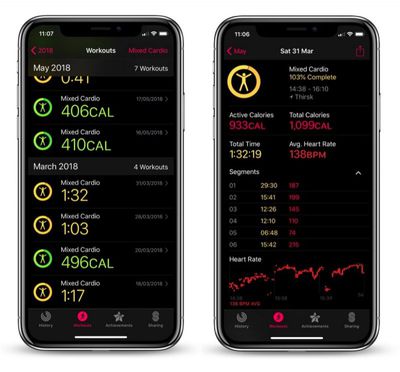
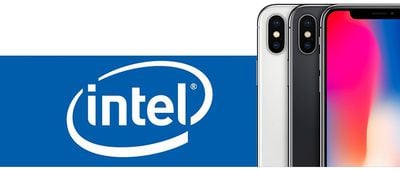
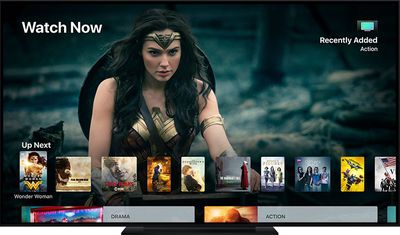

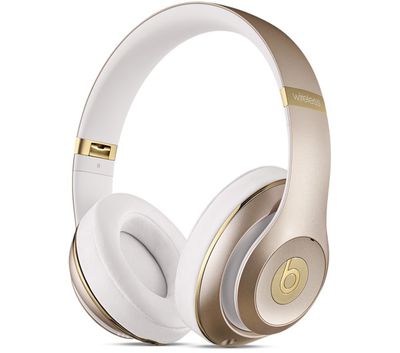
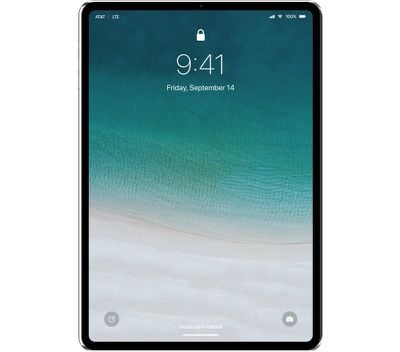
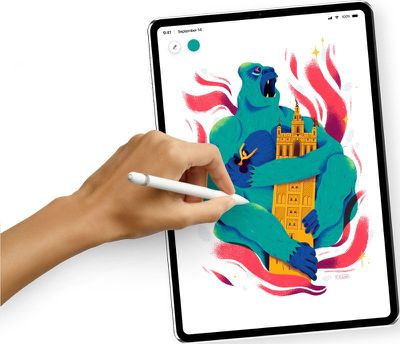


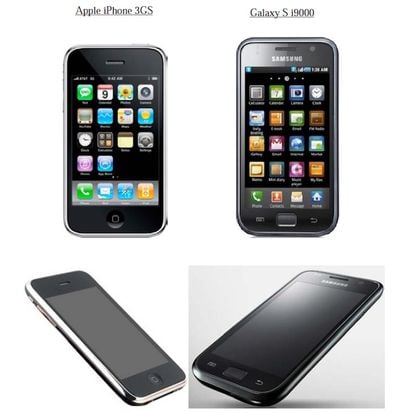
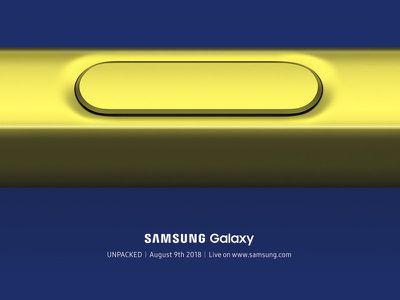
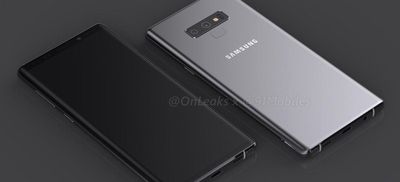
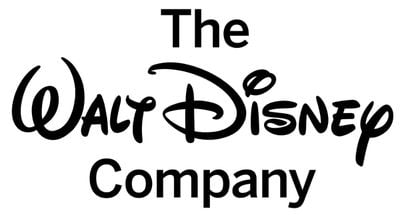

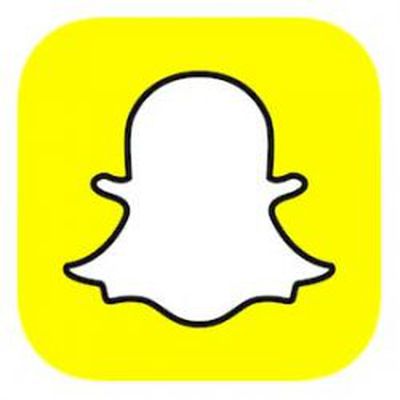 Snapchat is looking to build its own "internal app store" of gaming titles, according to a new report out today from
Snapchat is looking to build its own "internal app store" of gaming titles, according to a new report out today from 











